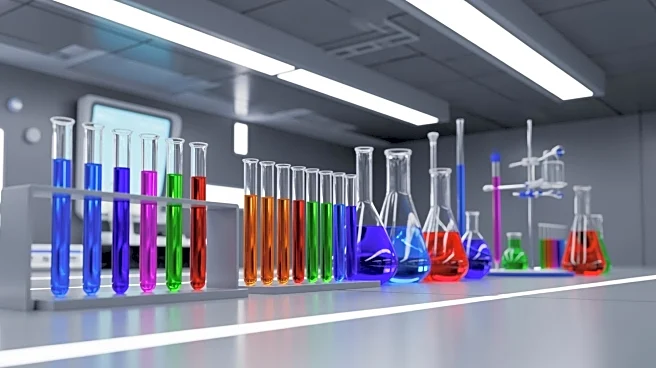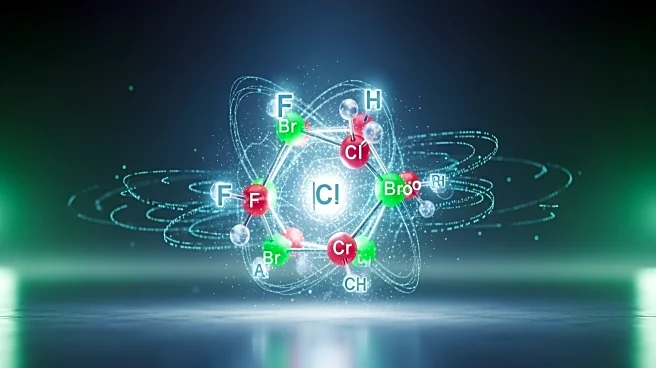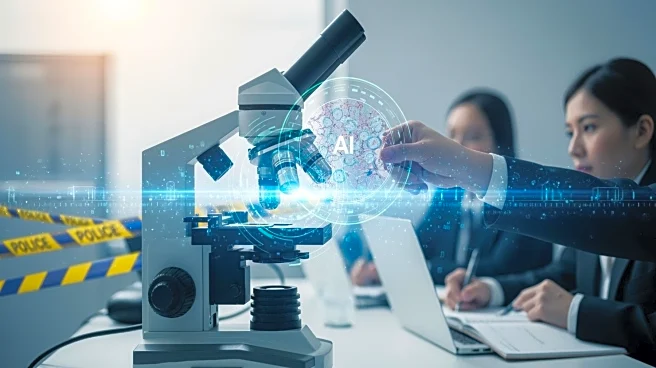What's Happening?
The Massachusetts Institute of Technology (MIT) has unveiled a groundbreaking research platform called CRESt (Copilot for Real-world Experimental Scientists), which was published in the prestigious journal
Nature. Led by Ju Li, the research team has integrated multimodal models with high-throughput automated experiments to significantly enhance the speed and quality of catalyst research and development. CRESt utilizes a unified active learning framework known as Knowledge-Assisted Bayesian Optimization (KABO) to efficiently optimize chemical compositions. Within three months, the platform completed over 900 catalyst chemical compositions and more than 3,500 electrochemical tests, discovering formulations that outperform traditional palladium-based catalysts. The system employs Vision-Language Models (VLMs) to diagnose experimental anomalies and improve reproducibility, addressing common issues in experimental science.
Why It's Important?
The development of CRESt represents a significant advancement in materials science, particularly in the field of catalyst research. By integrating artificial intelligence with automated robotic platforms, MIT's innovation allows for the exploration of vast chemical design spaces that were previously impractical. This could lead to faster and more efficient discovery of new materials, potentially transforming industries reliant on catalyst technologies, such as energy and manufacturing. The platform's ability to improve reproducibility and reduce manual intervention could streamline research processes, making scientific discoveries more reliable and cost-effective. The implications extend to enhancing the performance of fuel cells and reducing the reliance on expensive noble metals, which could have substantial economic and environmental benefits.
What's Next?
The CRESt platform is expected to continue its development and application in various fields of materials science. Researchers may explore further enhancements to the system's algorithms and expand its use to other types of chemical compositions and experimental setups. The success of CRESt could inspire similar innovations in other scientific domains, potentially leading to a new era of AI-driven research methodologies. Stakeholders in the energy and manufacturing sectors may closely monitor these developments, as they could offer new opportunities for improving efficiency and reducing costs. Additionally, the platform's ability to diagnose and correct experimental errors could set new standards for scientific research practices.
Beyond the Headlines
The integration of Vision-Language Models (VLMs) in the CRESt platform highlights the potential for AI to address complex challenges in experimental science, such as reproducibility and error diagnosis. This approach not only accelerates the discovery process but also enhances the reliability of scientific findings. The use of AI to interpret and correct experimental anomalies could lead to more accurate and consistent results, fostering greater trust in scientific research. Furthermore, the platform's success in optimizing catalyst formulations with reduced noble metal content could contribute to more sustainable and environmentally friendly industrial processes, aligning with global efforts to reduce resource consumption and environmental impact.











